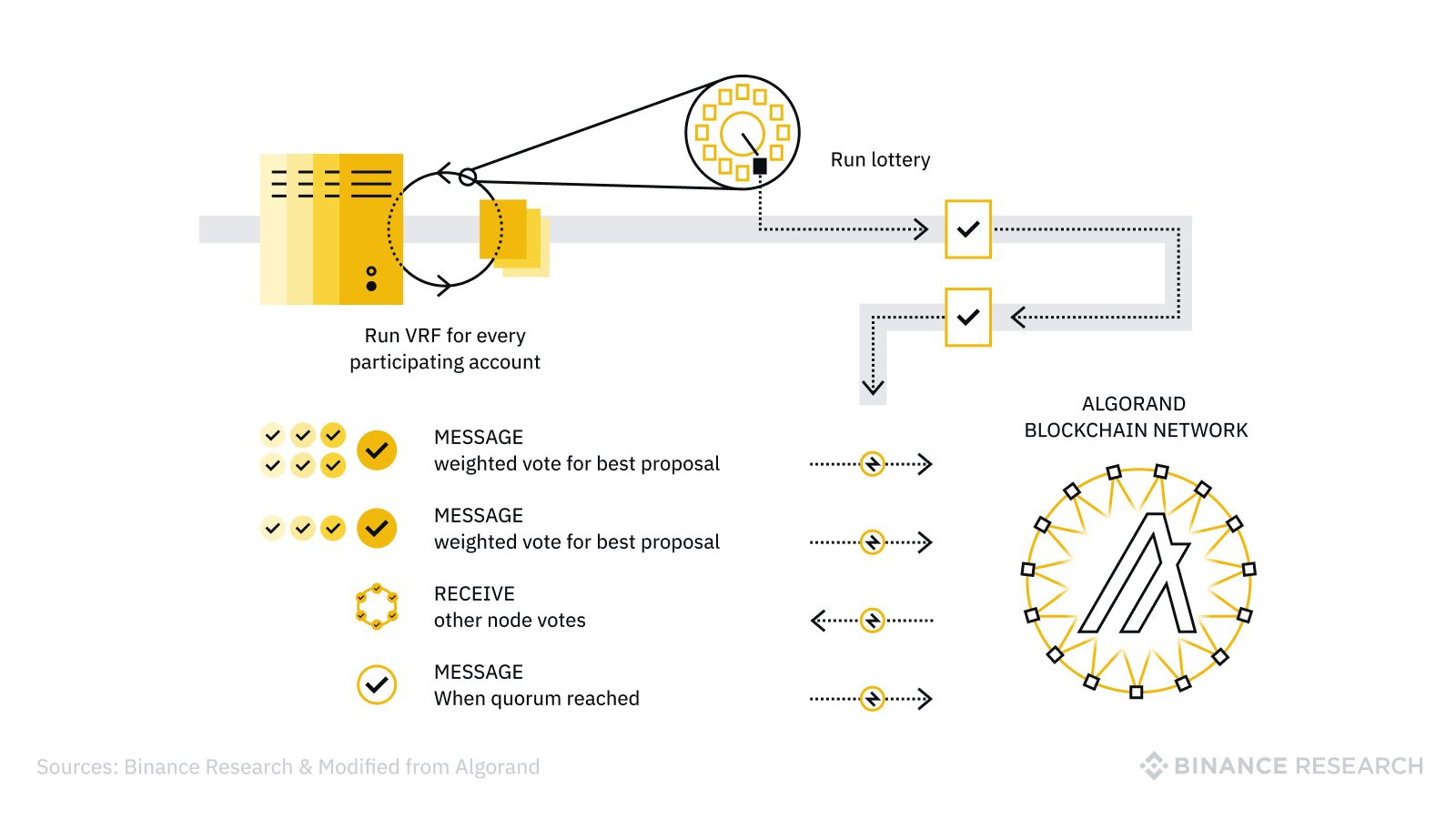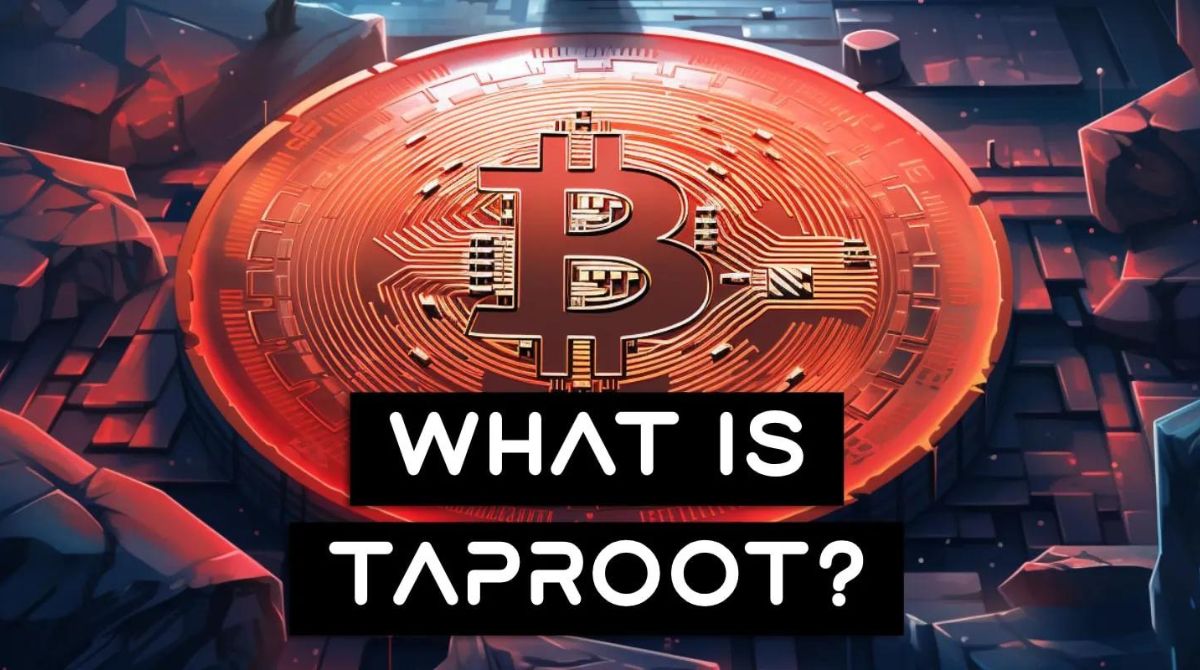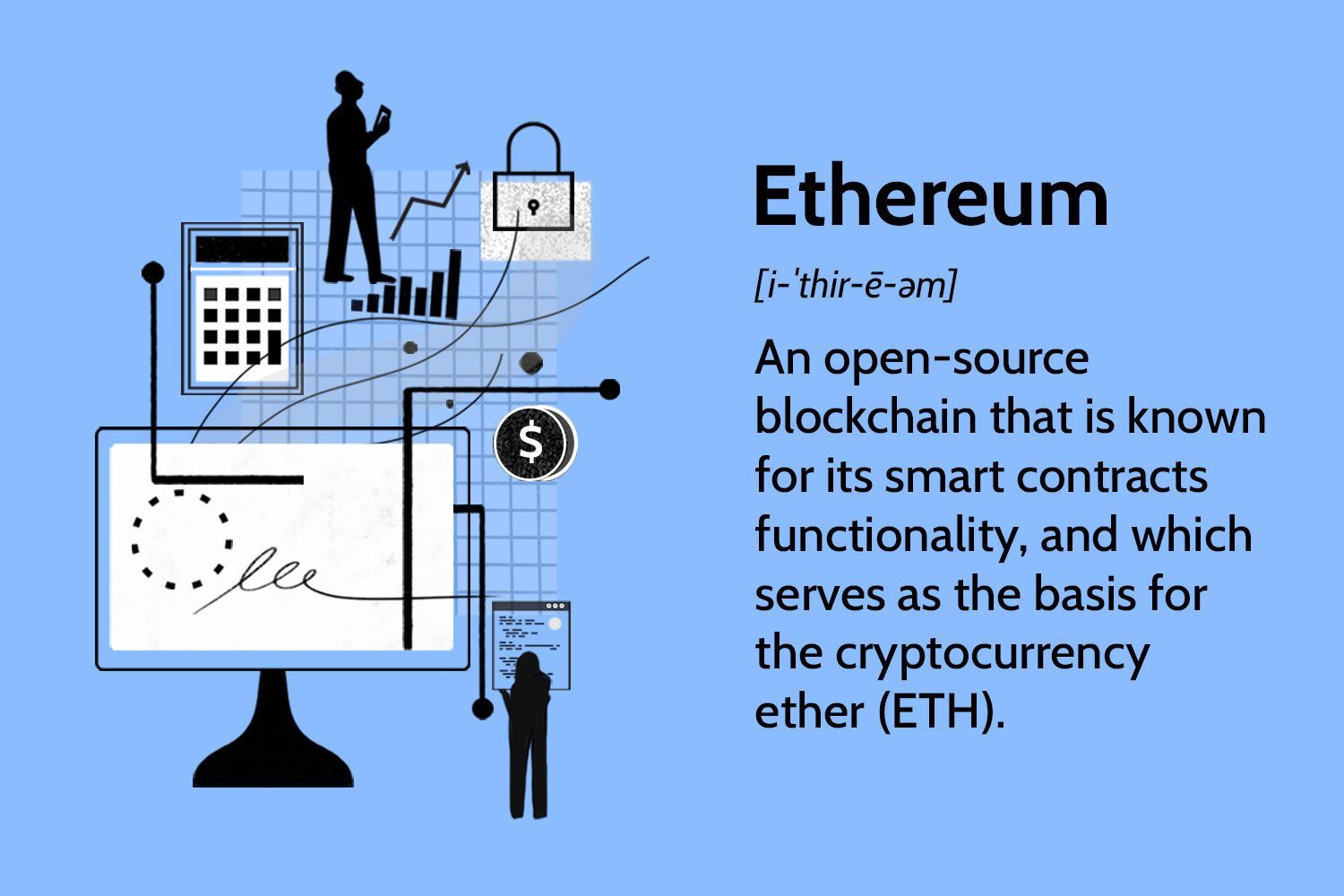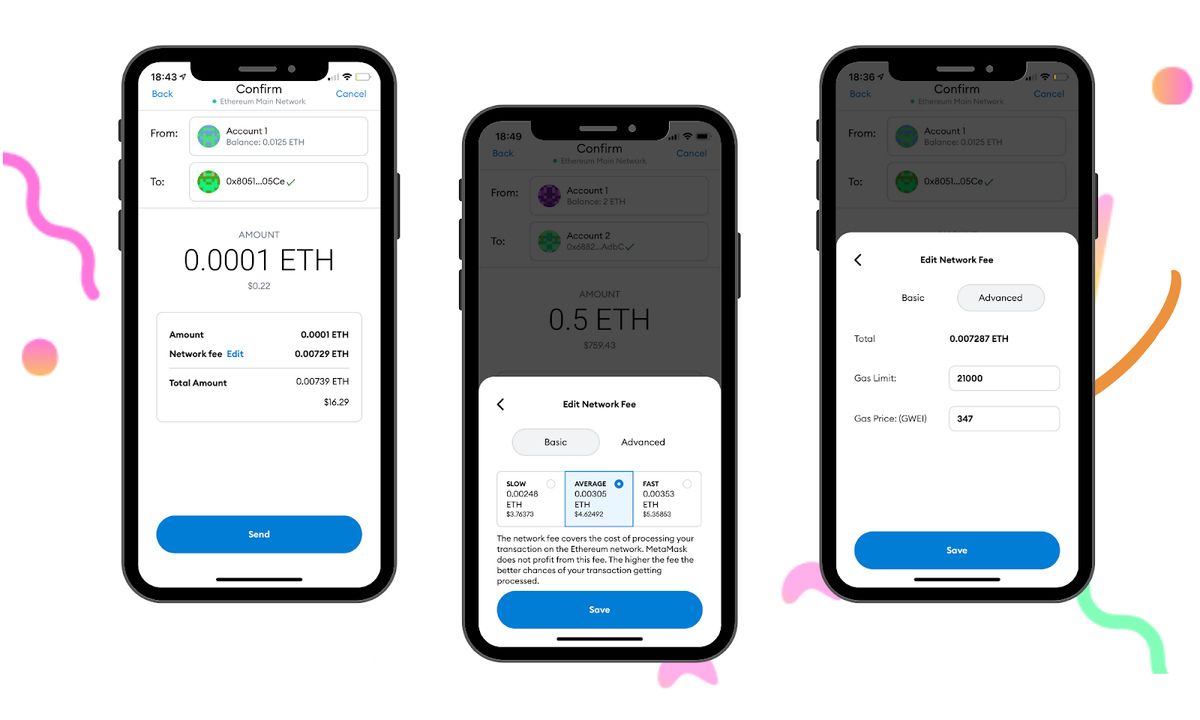What are Smart Contracts?
Smart contracts are self-executing digital contracts that are stored on a decentralized blockchain network. They are designed to automatically enforce the predefined terms and conditions of an agreement between parties, without the need for intermediaries such as banks or legal institutions. Smart contracts operate using computer code, which facilitates the execution and verification of the contract terms.
Unlike traditional contracts that require manual enforcement and monitoring, smart contracts can automatically perform actions when certain conditions are met. For example, if a smart contract is programmed to transfer ownership of a digital asset to a buyer once payment is received, it will execute this transfer as soon as the payment is verified on the blockchain. This eliminates the need for the buyer and seller to rely on trust or third parties to ensure the transaction is completed correctly.
Smart contracts are transparent, as the terms and conditions are encoded on the blockchain, making them visible and accessible to all participants. Additionally, smart contracts are immutable, meaning they cannot be altered or tampered with once deployed on the blockchain. This strengthens the security and reliability of the contract, ensuring that the agreed-upon terms are upheld without the risk of manipulation or fraud.
One of the key benefits of smart contracts is their efficiency. By automating the execution and enforcement of contracts, they reduce the need for manual intervention, paperwork, and third-party intermediaries. This not only speeds up the contract execution process but also reduces costs and eliminates human errors that can occur in traditional contract management.
Smart contracts have the potential to revolutionize various industries by streamlining and automating processes that rely heavily on contract agreements, such as supply chain management, insurance claims, real estate transactions, and more. With the growing popularity of blockchain technology, smart contracts are becoming increasingly recognized and adopted as a secure and efficient alternative to traditional contracts.
Origins of Smart Contracts
The concept of smart contracts can be traced back to the early 1990s when computer scientist Nick Szabo first introduced the idea. Szabo envisioned smart contracts as a way to use programming code to automate and enforce the terms of agreements. His vision was to create self-executing contracts that would eliminate the need for intermediaries and ensure trust and security in digital transactions.
In a seminal paper titled “Smart Contracts: Building Blocks for Digital Markets,” Szabo described smart contracts as computerized transaction protocols that execute terms of agreements. He proposed that these contracts could be implemented using cryptographic techniques and distributed ledger technology, which was a precursor to blockchain technology.
Although the idea of smart contracts was groundbreaking, it took a while for the necessary technological infrastructure and widespread adoption of blockchain to catch up. In the early 2000s, various attempts were made to create systems that implemented aspects of smart contracts, but none gained significant traction.
It wasn’t until the advent of Bitcoin in 2009 and the subsequent development of Ethereum in 2015 that smart contracts gained mainstream attention. Ethereum, a decentralized blockchain platform, introduced a programming language called Solidity that allowed developers to create and deploy their own smart contracts on the Ethereum network.
Since then, smart contracts have become an integral part of the blockchain ecosystem, powering decentralized applications (dApps) and enabling new possibilities for peer-to-peer transactions and automated agreements.
While Szabo laid the groundwork for smart contracts, it is important to note that the concept has evolved and been built upon by numerous innovators and developers in the blockchain space. The origins of smart contracts can be attributed to the collective efforts of individuals and teams who have refined and expanded upon the initial ideas put forth by Szabo.
Overall, the origins of smart contracts can be traced back to the early concept proposed by Nick Szabo, which has since been developed, refined, and implemented in various blockchain projects, ushering in a new era of automated and trustless agreements.
The Proposal of Smart Contracts
The concept of smart contracts was first proposed by computer scientist and legal scholar Nick Szabo in the early 1990s. In his groundbreaking paper titled “Smart Contracts: Building Blocks for Digital Markets,” Szabo outlined the idea of using computer code to automate and enforce the terms of agreements.
Szabo envisioned smart contracts as self-executing agreements that would eliminate the need for intermediaries and provide a more secure and efficient way to conduct digital transactions. He argued that traditional contracts were prone to errors, delays, and disputes, which could be mitigated through the use of cryptographic techniques and distributed ledger technology.
According to Szabo, smart contracts would operate on a decentralized network, such as a blockchain, and would be programmed to automatically execute specific actions based on predefined conditions. These conditions could include factors such as the passage of time, the occurrence of specific events, or the verification of external data sources.
Szabo emphasized that smart contracts would not only automate the execution of contracts but also enhance their security and trustworthiness. By leveraging cryptography, smart contracts could ensure that the terms and conditions of the agreement were tamper-proof and could not be altered without the consent of all parties involved.
Furthermore, Szabo recognized that smart contracts had the potential to revolutionize various industries beyond just financial transactions. He highlighted their applicability to domains such as supply chain management, intellectual property rights, voting systems, and more.
While the concept of smart contracts was ahead of its time, it laid the foundation for further exploration and development in the field. Szabo’s proposal sparked interest and inspired subsequent researchers, developers, and entrepreneurs to build upon his ideas and transform them into practical implementations.
The emergence of blockchain technology, with its decentralized and immutable nature, provided the perfect platform for the realization of smart contracts. Platforms like Ethereum, introduced in 2015, enabled the creation and deployment of smart contracts using a specialized programming language called Solidity.
Today, smart contracts have moved beyond the initial proposal by Szabo and have become a key component of blockchain ecosystems. They have proven their value in streamlining processes, reducing costs, and increasing transparency in a wide range of industries.
The proposal of smart contracts by Nick Szabo opened the door to a new paradigm of automated, secure, and trustless agreements that has the potential to redefine how we conduct business and interact in the digital age.
Early Implementations of Smart Contracts
After the proposal of smart contracts by Nick Szabo, the concept started to gain momentum, leading to the development of early implementations. These early implementations laid the groundwork for the evolution and adoption of smart contracts in the blockchain landscape.
One of the key milestones in the early implementations of smart contracts was the emergence of Bitcoin in 2009. While Bitcoin primarily aimed to create a decentralized digital currency, it also introduced the concept of programmable transactions, which laid the foundation for smart contracts.
Although Bitcoin’s scripting language was limited in functionality compared to later smart contract platforms, it showcased the potential for adding logic and conditions to transactions. Some early use cases of Bitcoin’s smart contracts included multi-signature wallets, which required multiple signatures to authorize transactions, and time-locked transactions that required a certain amount of time to pass before funds could be accessed.
In 2013, Ethereum, a blockchain platform specifically designed for smart contracts, was proposed by Vitalik Buterin. Ethereum introduced a Turing-complete programming language called Solidity, which enabled developers to create and deploy complex smart contracts on the Ethereum network.
With the launch of Ethereum in 2015, the world witnessed the first large-scale implementation of smart contracts. This opened up innovative possibilities for decentralized applications (dApps) built on the Ethereum blockchain. Smart contracts on Ethereum facilitated fundraising through initial coin offerings (ICOs), decentralized exchanges, decentralized finance (DeFi) protocols, and more.
Another notable early implementation of smart contracts is the Hyperledger Project, initiated by the Linux Foundation in 2015. Hyperledger aimed to provide an open-source framework for developing enterprise-grade blockchain solutions, including the implementation of smart contracts. It focused on privacy, scalability, and interoperability, catering to the needs of businesses in various industries.
In addition to Ethereum and Hyperledger, several other blockchain platforms and protocols have embraced smart contracts. These include platforms like NEO, EOS, and Cardano, which offer their own programming languages and toolkits for smart contract development.
Furthermore, off-chain or layer-two solutions, such as the Lightning Network for Bitcoin and state channels for Ethereum, have been developed to enable more scalable and efficient smart contract functionality.
The early implementations of smart contracts paved the way for experimentation, refinement, and learning in the blockchain community. They demonstrated the potential of smart contracts to revolutionize industries and sparked enthusiasm among developers, entrepreneurs, and enterprises to explore their use cases further.
Since then, smart contracts have seen continuous evolution, with ongoing research and development aimed at improving scalability, security, and usability. The early implementations have provided valuable insights and lessons that have helped shape the current landscape of smart contract technology.
Adoption and Evolution of Smart Contracts
The adoption and evolution of smart contracts have been significant since their early implementations. As blockchain technology gained traction and the advantages of smart contracts became evident, various industries and organizations started to recognize their potential and began exploring their integration into existing systems.
One of the notable drivers of smart contract adoption has been the financial industry. With the rise of cryptocurrencies and decentralized finance (DeFi), smart contracts have become crucial for automating financial agreements and transactions. They enable the creation of decentralized lending platforms, automated investment strategies, and decentralized exchanges that operate without intermediaries.
Real estate is another sector that stands to benefit greatly from smart contracts. Implementing smart contracts in real estate transactions can streamline the process, reduce paperwork, and enhance security. Smart contracts can automate tasks such as verifying property ownership, executing property transfers after payment, and managing rental agreements.
The supply chain industry has also embraced smart contracts to improve transparency, traceability, and efficiency. By implementing smart contracts, stakeholders in the supply chain can automate processes like tracking shipments, verifying authenticity, and ensuring compliance with regulations. This technology can reduce fraud, delays, and errors, while enhancing trust and accountability.
Insurance companies are leveraging smart contracts to revolutionize their operations. Smart contracts can automate the claims process, eliminating the need for manual verification and reducing the time it takes for policyholders to receive payouts. Additionally, smart contracts can enforce the terms of insurance agreements, ensuring that claims are paid out when specific conditions are met.
As the adoption of smart contracts has increased, so too has their evolution. Developers continue to innovate by building more sophisticated and advanced functionalities into smart contract platforms. For example, technologies like oracles enable the integration of real-world data into smart contracts, allowing them to respond to external events. This opens up new possibilities for use cases such as decentralized prediction markets and real-time supply chain tracking.
The rising demand for scalability and interoperability has also spurred the development of layer-two solutions and cross-chain compatibility. Layer-two solutions aim to improve the throughput and efficiency of smart contracts, while cross-chain protocols allow smart contracts to interact seamlessly across different blockchain networks.
Moreover, efforts are being made to enhance the security and auditability of smart contracts. Formal verification techniques are being employed to mathematically prove the correctness of smart contract code, reducing the risk of vulnerabilities and bugs. Additionally, initiatives like bug bounty programs and third-party auditing services help identify and address potential security loopholes.
The adoption and evolution of smart contracts are ongoing processes. As businesses and industries increasingly recognize the benefits of automation, transparency, and efficiency, the integration of smart contracts into existing systems is likely to continue growing. With advancements in technology and continuous innovation, smart contracts are poised to play a pivotal role in shaping the future of digital agreements and decentralized applications.

























